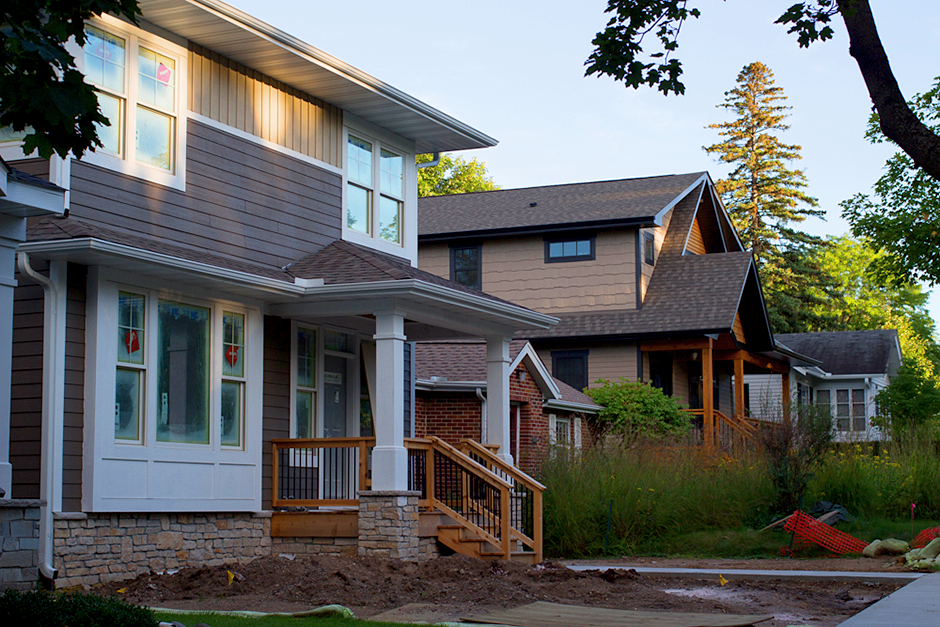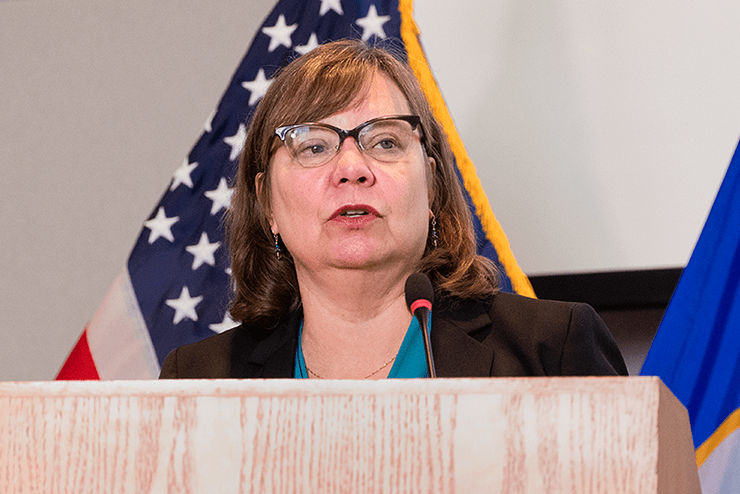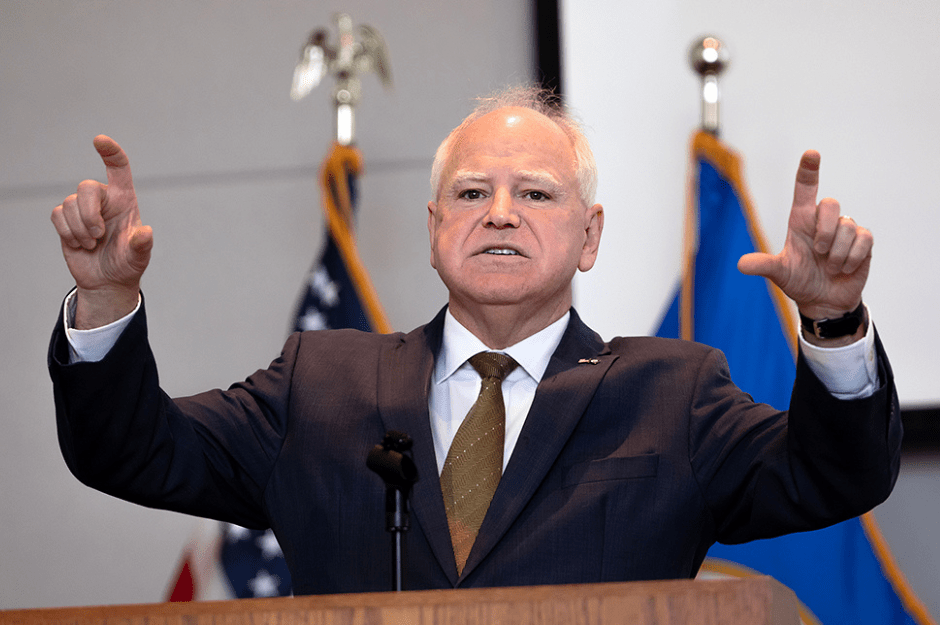
SunOpta to open new Eden Prairie headquarters as it eyes growth
April 5, 2021
Harvey Weinstein appeals conviction, blames 'cavalier' judge
April 5, 2021One year ago, as COVID-19 began to spread across Minnesota, Red Lake Tribal Chairman Darrell Seki Sr. decided to close off the borders of the northern reservation “to keep the virus away as long as possible.”
Customers, and millions in revenue, dropped off in their stores and casinos. Yet, the virus still crept in, infecting one person on the reservation in May and eventually hundreds more. The northern tribe had to dip into reserves to provide basic services.
Now, a package of more than $31 billion for the nation’s tribes and urban Indigenous communities through the Biden administration’s American Rescue Plan — the largest single infusion of aid for tribes in U.S. history — aims to help them recover from the devastating toll of the global health crisis. It’s a critical lifeline for Indigenous Americans, who have been hospitalized with COVID-19 at nearly four times the rate of white Americans, and died at nearly twice the rate.
But the aid also promises transformative change for tribes as the pandemic recedes, with resources to close longstanding gaps in housing and mental health services, improve water infrastructure and bolster tribal schools and colleges. Native leaders in Minnesota say it’s a powerful symbol of trust after centuries of broken promises from the federal government.
“It’s super exciting, it is long overdue and I am cautiously optimistic that we are entering a new chapter in how tribes and the government work together,” said Lt. Gov. Peggy Flanagan, a member of the White Earth Band of Ojibwe who lost her brother to COVID-19. “Trying to repair the damage that’s been done since 1492 is a tall order. Thirty-two billion dollars is a significant down payment, and there is more work to be done.”
The pandemic laid bare longstanding economic and health inequities afflicting Minnesota’s tribal communities, leaving them especially vulnerable to the virus. High rates of health conditions such as diabetes and a chronically underfunded health care system put them at higher risk of severe complications from COVID-19.
Quick action in Minnesota to close down tribal operations like casinos spared the state’s tribes the level of devastation seen in the southwestern Navajo Nation, which has had more than 30,000 confirmed cases and more than 1,200 deaths.
But that lost revenue has been another setback for tribes accustomed to centuries of them, said Melanie Benjamin, chief executive of the Mille Lacs Band of Ojibwe in central Minnesota.
The tribe closed its businesses last March, before the state issued its stay-at-home order. Employees were furloughed after a month, even as leaders were finding ways to deliver meals and groceries to elders to keep them inside and safe from the virus.
“You look at all of the different issues on the reservation, we are behind in many, many areas. We are behind in infrastructure, education, health care, all of these things,” Benjamin said. “The pandemic just made things so much worse.”
Congress allocated $8 billion to tribal governments last March as part of the $2.2 trillion CARES Act, but that funding could only cover COVID-related expenses. The funds in the new stimulus package can be used to backfill revenue lost by shutting down businesses, including $1 billion equally distributed among all tribal governments. Another $19 billion will be distributed to tribes based on a formula being developed by the U.S. Treasury.
The federal package pumps an additional $6 billion into tribal health care services, $1.1 billion for Native classrooms and $1.2 billion for housing, including $13.1 million in block grants coming to Minnesota. It earmarks health care services for Indigenous residents who live off rural reservations in urban areas, where they have a harder time tapping into resources from the tribes. In Minnesota, nearly 40% of the Native American population lives in the seven-county metro area.
The plan includes $19 million for domestic violence response and $20 million to try and mitigate the loss of the oral language traditions that were held by elders, many of whom were lost to the virus.
“These elders are the libraries, dictionaries, the cultural connection for communities, the repository for culture and language,” said Minnesota U.S. Sen. Tina Smith, who worked on the package as a member of the Senate’s Committee on Indian Affairs. “As those elders have been lost in the pandemic, it’s not just their family’s loss, it’s the whole communities’ loss because of that connection to culture and language.”
Things are starting to turn around day-to-day in the tribes’ fight against the virus. Many tribes are vaccinating members at a higher rate than the state of Minnesota. That will only accelerate with the new stimulus funding, said Gary Frazer, executive director of the Minnesota Chippewa Tribe.
“That’s such a huge deal to protect people,” said Frazer, who had COVID-19. “I have a brother in-law who has been basically on his deathbed for 100 days.”
The Red Lake reservation has since reopened its borders and has already vaccinated roughly half of its members, pacing well ahead of the state. Seki, the tribal chairman, said he’s relieved that funding is coming soon, not just to build back from the toll of the last year but to steel themselves with better infrastructure, broadband and health care systems for when something like this happens again.
“There is so much good to be said about the American Rescue Plan,” Seki said. “But we have much work to do, and we must plan carefully and build for the future, because we are not likely to see such an investment again.”
Briana Bierschbach • 651-925-5042
Twitter: @bbierschbach






